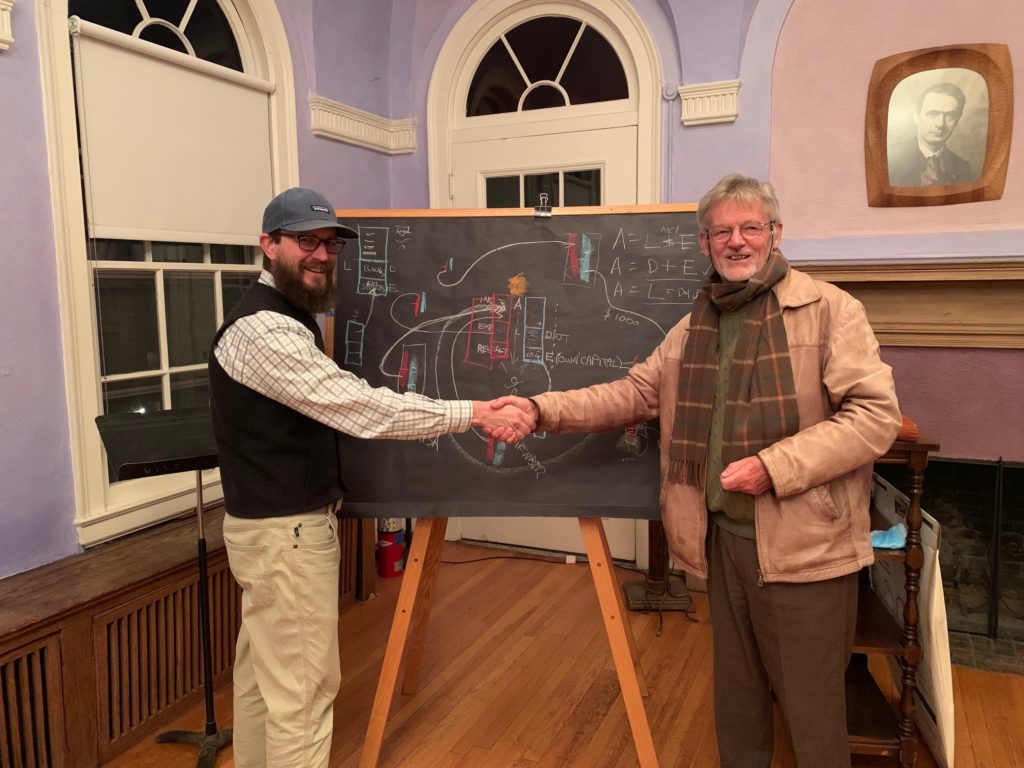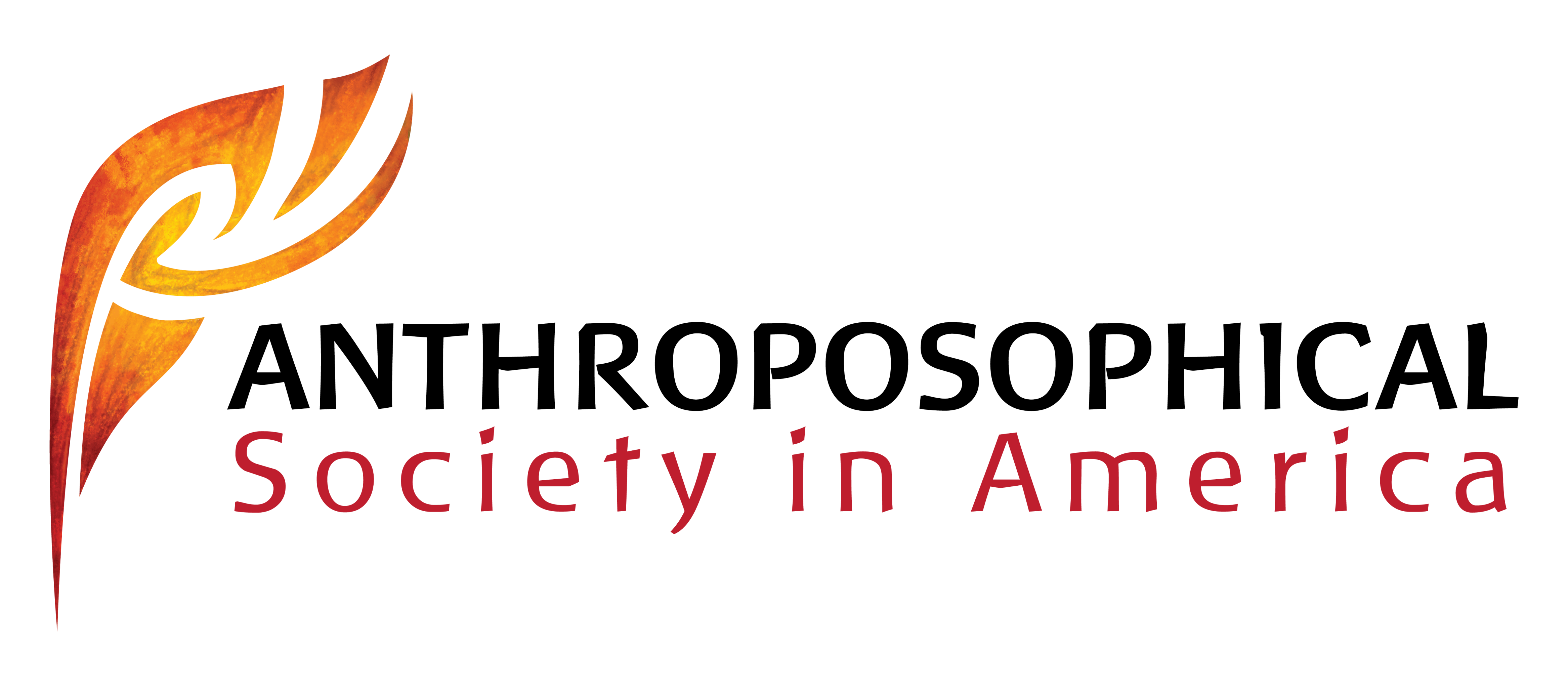One Society, Many Groups

One Society, Many Groups
By Christopher Houghton Budd
20 December 2022
On a recent visit to the USA, I visited Ann Arbor, the Rudolf Steiner Branch in Chicago and the Los Angeles Branch in Pasadena in my capacity as the ‘flying around the world’ member of the Circle of Treasurers, with a remit to understand more close-to the Anthroposophical Society in America in its financial aspect. For it is one thing to seek support of the Goetheanum, and another to enquire into the wellbeing of the Country Groups themselves (including their branches and groups). After all, we are a single worldwide society, albeit a severalty of earthly organizations.
My main interest focused on two challenges that remain at the center of our Society: if we are to maintain our status as ‘an association of people whose will it is to nurture the life of the soul, both in the individual and in human society, on the basis of a true knowledge of the spiritual world’ (Christmas Statute 1), how, first, do we raise and manage the considerable funding needed to realize the potential for practical social life that spiritual science promises? In 1923, that was computed by Rudolf Steiner as a membership fee of 15 CHF (15 USD) alongside research funding of 50-75 millions. Using the ratio of 6 (from the Swiss National Bank), that would be 90 and 300-450 millions today. This is a double question of how to convey the relevance of Rudolf Steiner’s insights to the world at large (where such sums are to be found), and are we able to hold, account for, and use those funds in an up-to-date, financially-literate way?
This topic was underpinned by discussion of the need to recast the finances of the Anthroposophical Society as an instance of three kinds of money. Talks given in all three places under the heading Hope. Springs. Eternal – Our financial challenges are also the world’s; as are our responses, covered in detail how the three kinds of money (Purchase Money, Loan Money and Gift Money) when matched to Income Statement, Balance Sheet and Closing Entries, show how a surplus on operating amounts to internally generated capital, which then becomes Own Capital, and that where capital is generated or received in excess of operational needs this can be transferred to fund the work of those active in the Sections of the School of Spiritual Science.
Linked to this is the need to identify a new category: as well as member of the Anthroposophical Society and member (note: not pupil) of the School, there is a need to recognize when we are acting as colleagues of and with Rudolf Steiner. This is especially important when it comes to initiative-taking, be that of those undertaking projects or the work of the Councils of the Society as such.
The second challenge concerns real estate. To what extent does the furtherance of anthroposophy require us to own premises? And do we have the resources and skill base that ownership and care of buildings presupposes? Or does the support they are intended to provide become in fact a burden?
This takes us back to the Christmas Conference when, separate from the Anthroposophical Society, the Goetheanum still belonged to the Bau Verein, and before the complex history that resulted when the two become intertwined. We still have to learn how to link a free association (representative of free spiritual life) to the rights life of our times and places, and then how to resource its activity without those two aspects thwarting freedom.
As regard funds, the places I visited do not all analyze their Funds on the basis of the three main categories: unrestricted (at the discretion of the Council), restricted (with a caveat applied by the donor), and designated (where the users of the Funds determine their allocation and distribution). The latter Fund type is especially important when it comes to funding the sections or, rather, those in the School needing funding for their Section work.
As regards the properties, when seen from two points of view – a cold-eyed appraisal of the properties and the extent of anthroposophical life within them – the places I visited represented three different situations: in good fettle, tired, and in urgent need of overhaul, with all under-used. Although my visit was brief, in all cases it seemed to me that the anthroposophical life was reduced and did not really fill (and therefore warrant) the buildings.
The diminished or diminishing anthroposophical life is often attributed to a demographic problem – too many old people, not enough young – and we often seek in desperation to promote ‘the youth’. But I doubt that is our problem. Our real challenge is the occultation of Rudolf Steiner by the Anthroposophical Society. One hundred years on from 1923, we need to have the courage to let the Anthroposophical Society, and indeed overtly-mentioned anthroposophy, take a supporting role, ceding center-stage to the insights and outcomes of Rudolf Steiner’s legacy. It is he the world as a whole is looking for and seeking a relationship with; membership of the Anthroposophical Society being by karma decided and small in number.
Reinvent or re-present ourselves in this way, and the life born of public interest in Rudolf Steiner’s work will likely grow and thrive. And then we will know what buildings we need and where, going forwards.

Wondering, Christopher, if your thoughts on properties extend to include the Goetheanum?